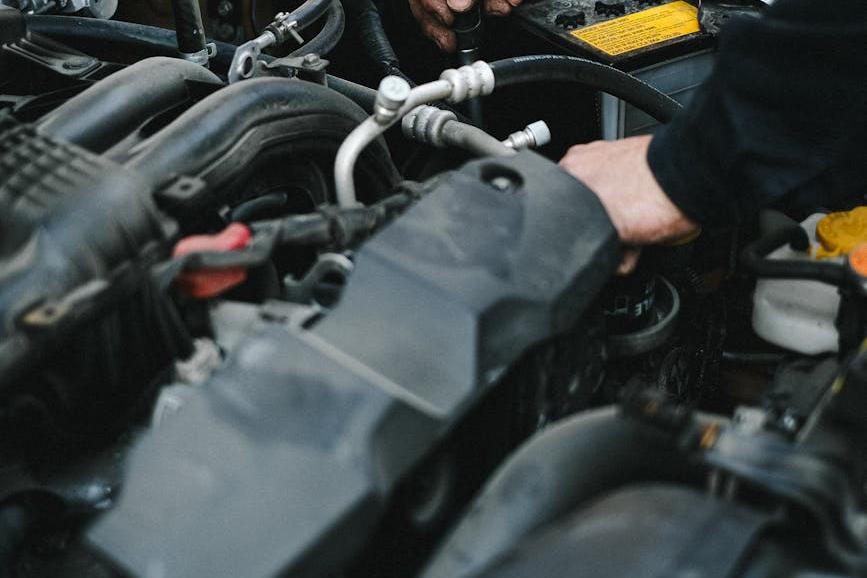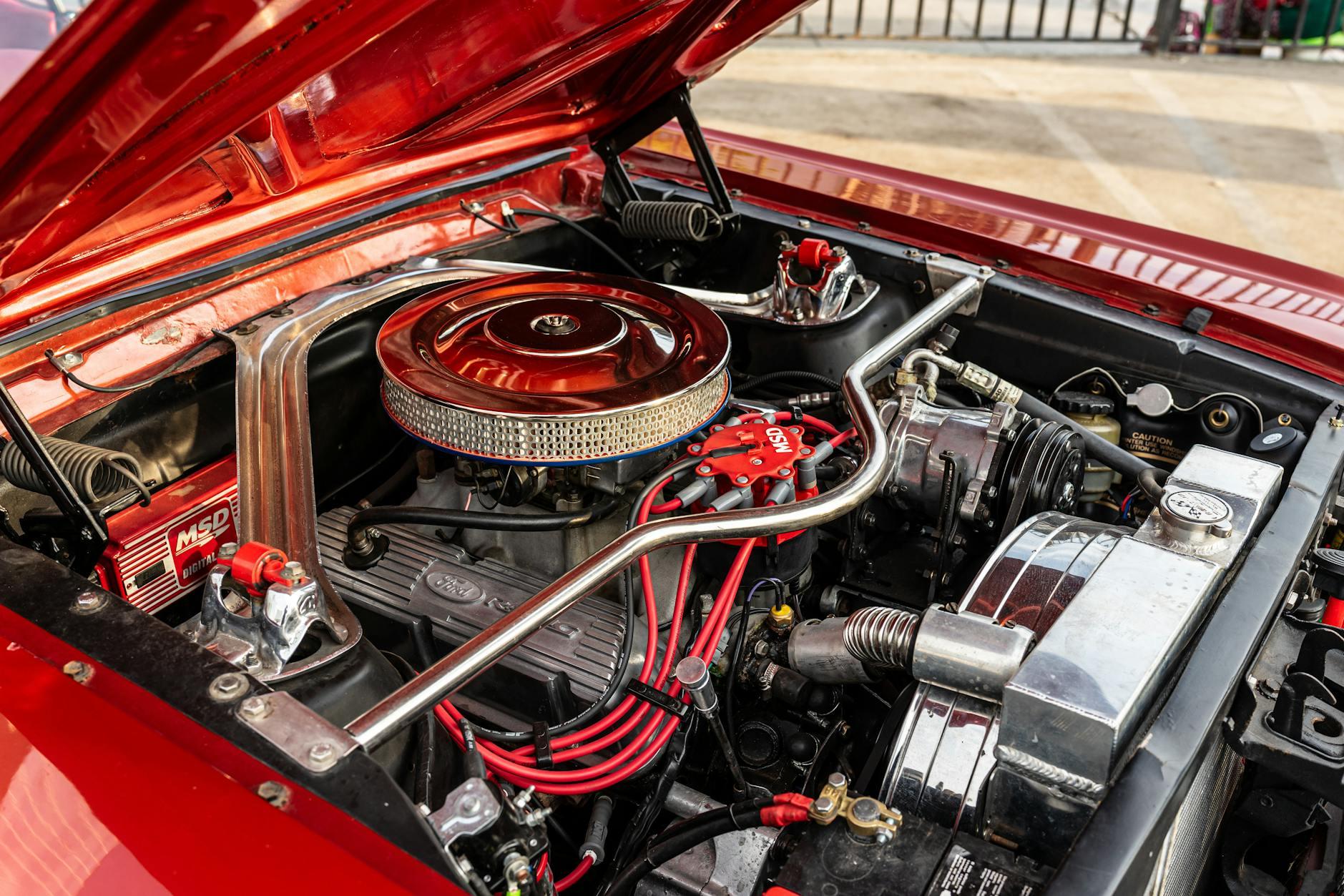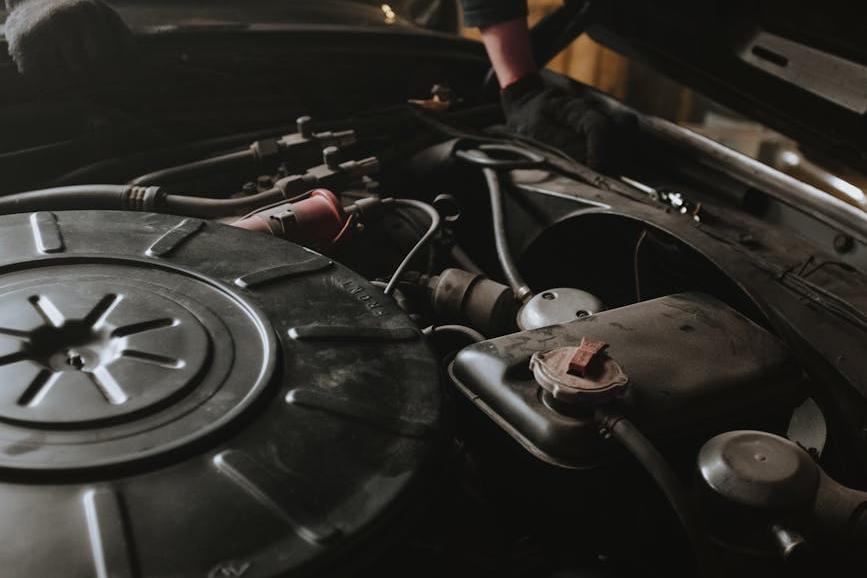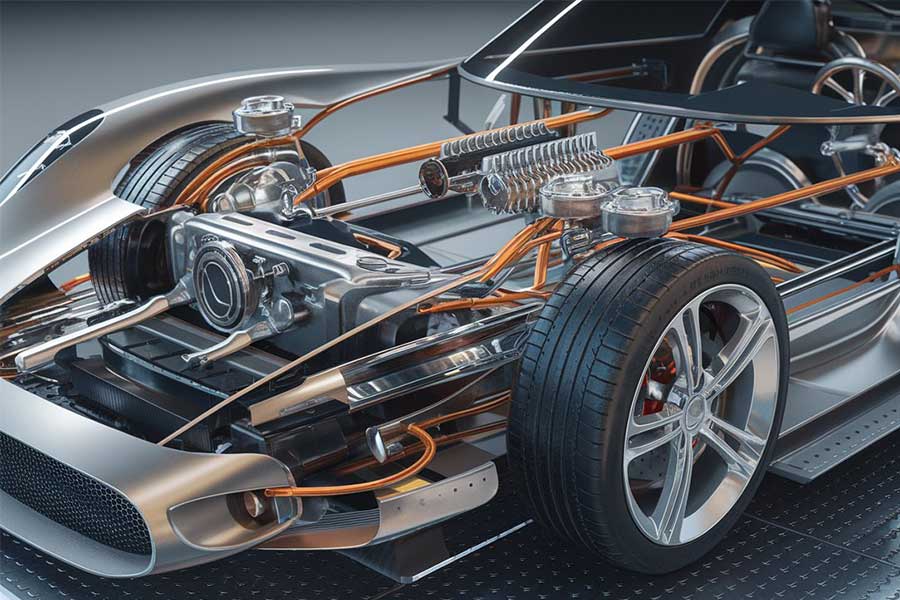- Shanghai Zhongshen International Trade Co., Ltd. - Two decades of trade agency expertise.
- Service Hotline: 139 1787 2118
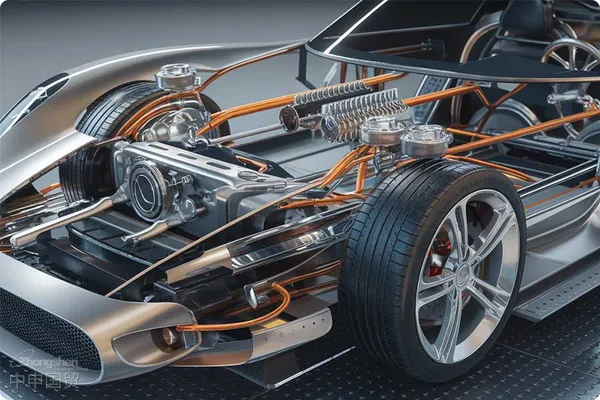
As a core component of the modern automotive engine management system, the performance of the crankshaft position sensor (Crankshaft Position Sensor, CKP) directly affects ignition timing, fuel injection, and emission control accuracy. Against the backdrop of the continuous growth of the global automotive aftermarket and the supporting needs of OEMs, Chinese importers have a strong demand for original/supporting - level crankshaft position sensors from automotive - industrial powerhouses such as Europe, the United States, Japan, and South Korea. However, the import of this category involves professional links such as technical standard matching, customs classification compliance, and quality certification verification. It is crucial to choose a service provider with in - depth industry service capabilities.Import RepresentationFrom 20 yearsforeign tradeStarting from practical agency experience, analyze the core competitiveness evaluation dimensions of import agency service providers.
I. Industry Particularities of Crankshaft Position Sensor Import
1.Technical Standard Barriers
OEM - level sensors need to comply with the ISO/TS 16949 (now IATF 16949) system certification. For the EU market, they need to meet the ECE R10 electromagnetic compatibility directive. For the US market, they need to pass the SAE J1455 environmental test standard. Chinas CCC certification requires compliance with the GB/T 28046 series of standards. Professional agents need to have the ability to interpret technical parameters and certification documents to avoid return of goods due to misjudgment of standards.
2.Customs Classification Risks
The HS code of this product is usually classified as 8533.40 (sensors for road vehicles), but be vigilant that different models (magnetoelectric/Hall - effect type) may affect the accuracy of classification. Inexperienced agents are likely to trigger customs inspections due to classification errors, resulting in port detention fines.
3.Supply chain timeliness requirements
Automotive partsThe widespread adoption of the zero inventory procurement model among agentsInternational Logisticscoordination ability (such as 48 - hour pick - up on the European dedicated line, priority customs clearance for LCL in the US) directly affects the operation of the customers production line.Air TransportationII. 5 Evaluation Dimensions of High - quality Import Agency Service ProvidersMaritime TransportationGive priority to agents who have served in auto parts imports for more than 10 years and are familiar with the procurement channels and quality verification processes of leading brands such as Bosch, Delphi, and Denso.
Case reference: An agent helped the customer avoid a 20% arrival sampling inspection rate by pre - reviewing the KATRI test report of a South Korean manufacturer.
1.Key Regions
- Global Service Network Coverage
- Localized teams are set up in automotive industry clusters such as Stuttgart in Germany, Detroit in the US, and Nagoya in Japan, enabling pre - services such as factory inspection and label rectification.
2.Logistics capability indicators: VMI inventory turnover rate in bonded warehouses, qualifications for transporting hazardous chemicals/constant - temperature (some sensors contain precision electronic components).
- Provide AEO - certified customs clearance services to ensure 100% accuracy of declaration elements (such as place of origin, ECU compatible models).
- Have the ability to deal with technical trade measures (TBT), such as screening of SVHC substances under the EU REACH regulation, and filing of EPA emission parts in the US.
3.Compliance & Risk Control System
- Extended after - sales services: Return of defective parts to the factory for claims, technical analysis of OBD fault codes, and query of VIN code compatibility database.
- Financial support: Use bonded warehousing to achieve batch - by - batch release from the zone and centralized taxation to reduce the cost of capital occupation.
4.Including:
- Provide API docking for the ERP system to achieve visual tracking of customs clearance status, inventory dynamics, and certificate validity periods.
- Financial support: Utilizing bonded warehousing to achieve batch release from the zone, centralized taxation, thereby reducing capital occupation costs.
5.Digital Service Capability
- III. Comparative Analysis of Industry - leading Service Providers (Based on 2023 Data)
- Service Provider
Sinotrans
| With a central - enterprise background, covering AEO mutual recognition in 135 countries | Core advantages | Applicable scenarios |
|---|---|---|
| Large - volume procurement by OEMs | DHL Global Forwarding | 72 - hour door - to - door service for urgent orders in Europe and the US |
| Emergency replenishment in the aftermarket | Emergency orders from Europe and America with door - to - door service within 72 hours | Emergency replenishment in the aftermarket |
| Oujian Group | Automotive Parts Distribution Center in Shanghai Free Trade Zone | Parallel importers operate in multiple batches with small orders |
| Litong Logistics | Specialize in Japanese and Korean automotive parts, with JIT distribution system | Japanese car maintenance network in East China |
Operational suggestions for importers
1.Technical document pre-review: Require the agent to review the EC Type Approval certificate, material statement (RoHS 2.0), and the list of applicable vehicle models in advance.
2.Cost optimization strategies: Utilize free trade agreements (such as RCEP, which applies a 5% tariff to Korean sensors) to reduce import costs.
3.Filing of emergency plans: For the import of alternative models caused by chip shortages, the agent needs to have the ability to quickly complete the filing of new HS codes.
Conclusion
Under the dual trends of the intelligent upgrade of the automotive industry and the localization of the supply chain, choosing an import agency service provider that can deeply understand the technical characteristics of the crankshaft position sensor and provide a full - link compliance solution will be the key for importers to build competitive barriers. It is recommended to prioritize the investigation of the agents industry case accumulation, customs technical team configuration, and digital risk control system. Verify the granularity of its services through small - batch trial orders, and then establish long - term strategic cooperation.
Related Recommendations
? 2025. All Rights Reserved. Shanghai ICP No. 2023007705-2  PSB Record: Shanghai No.31011502009912
PSB Record: Shanghai No.31011502009912
